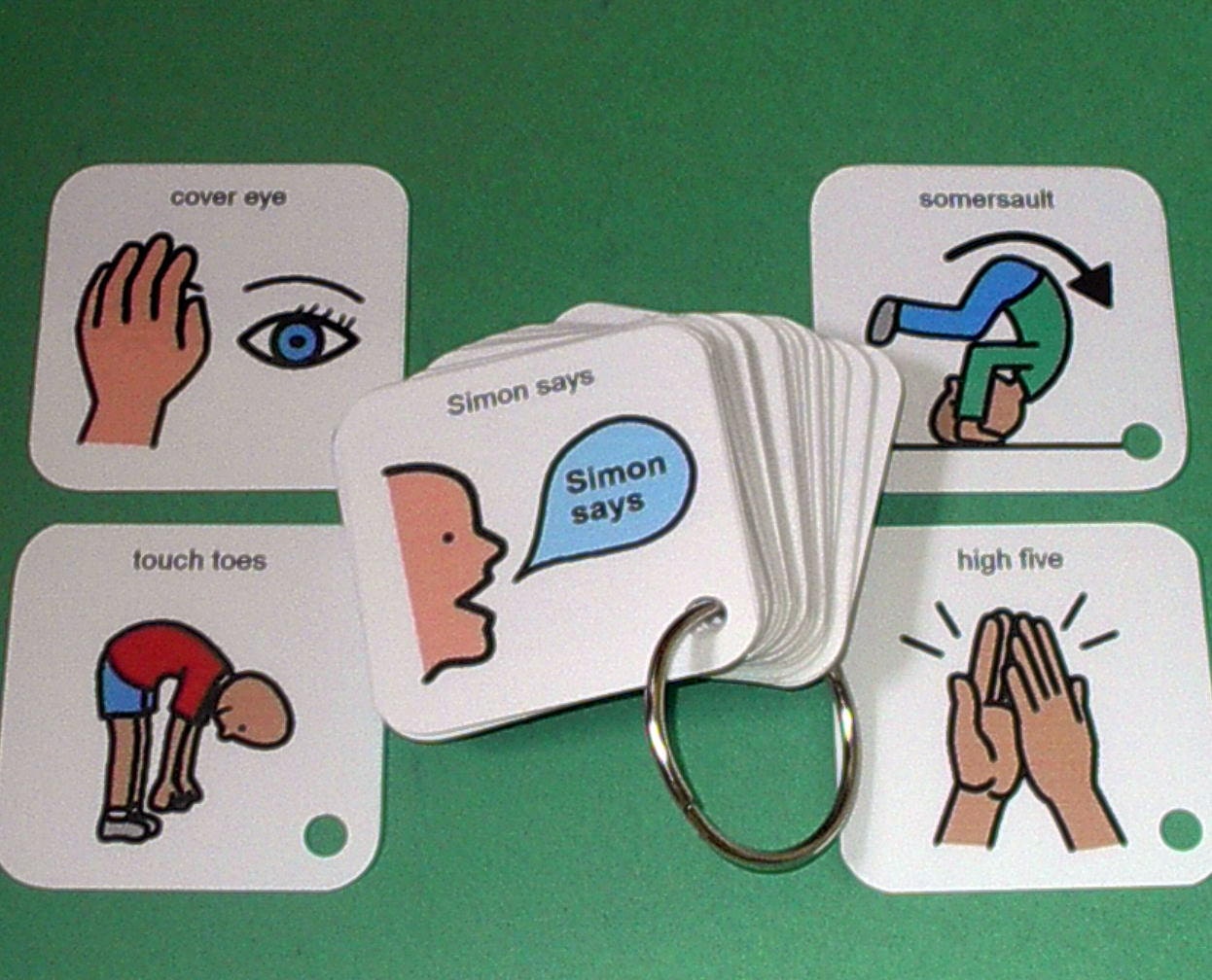Selah’s behavioral psychologist recommended I create a picture schedule to possibly help Selah with transitions, to possibly help expand her attention span, and to possibly help Selah to learn how to play with toys appropriately. I need to create something that is portable and pretty much non-destructible.
I’ve had a thousand thoughts running through my head about how to best accomplish this. I love the idea, and I want to do this for Cooper and Conner as well. (Cooper and Conner use object schedules at school and are moving toward picture schedules right now.)
For those who have no idea what an object or picture schedule is, it’s simply a tool for showing a child what to expect next in their day. Think of a child who cannot read. Instead of typing out a schedule for the day for that child to follow, one would try to make a schedule the child would be able to understand more easily, so pictures of that day’s activities would probably work better than mere words written on a page. An object schedule is similar, only real objects are used to help the child understand what is next. For example, with a picture schedule, when it is time to brush teeth, a picture of a toothbrush would be appropriate. If you were using an object schedule, you would show the child the actual toothbrush to help them understand it’s time to brush teeth. Picture and object schedules are often successful with young children and people with special needs.

I’m excited to work on this project, so I’d LOVE to have your input. I will need to schedule quite a bit, from wake up to bedtime, with each moment being scheduled. Right now, we follow a good schedule with a set wake up time, set snack time, set lunch time, set nap time, set afternoon snack time, set dinner time, set bath time, and set bedtime. However, the free play times in between each of those activities isn’t scheduled, other than that we try to be outside as much as possible. We will need to schedule specific play activities into our free time. This will be challenging because Selah doesn’t care much about playing with toys or sticking with any activity for more than a few seconds, but that is partly the purpose of having such a highly structured day—to teach Selah (and Cooper and Conner) how to play appropriately with toys, how to stick with an activity longer than 1-2 minutes, how to transition more easily, etc.
OK, so it’s your turn. Please, please, please if you have a resource, suggestion, idea, etc., leave me a comment or email me at BossYourHeart {at} gmail {dot} com. I am so looking forward to hearing your ideas!












































No comments:
Post a Comment